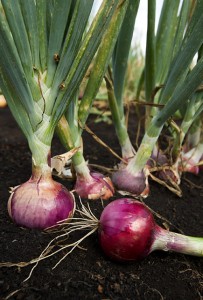
Time to Plant Onions and Garlic
Interested in cultivating sweet, home-grown onions and flavorful garlic in your own backyard? If so, now is the time …



El inglés es el idioma de control de esta página. En la medida en que haya algún conflicto entre la traducción al inglés y la traducción, el inglés prevalece.
Al hacer clic en el enlace de traducción se activa un servicio de traducción gratuito para convertir la página al español. Al igual que con cualquier traducción por Internet, la conversión no es sensible al contexto y puede que no traduzca el texto en su significado original. NC State Extension no garantiza la exactitud del texto traducido. Por favor, tenga en cuenta que algunas aplicaciones y/o servicios pueden no funcionar como se espera cuando se traducen.
Inglês é o idioma de controle desta página. Na medida que haja algum conflito entre o texto original em Inglês e a tradução, o Inglês prevalece.
Ao clicar no link de tradução, um serviço gratuito de tradução será ativado para converter a página para o Português. Como em qualquer tradução pela internet, a conversão não é sensivel ao contexto e pode não ocorrer a tradução para o significado orginal. O serviço de Extensão da Carolina do Norte (NC State Extension) não garante a exatidão do texto traduzido. Por favor, observe que algumas funções ou serviços podem não funcionar como esperado após a tradução.
English is the controlling language of this page. To the extent there is any conflict between the English text and the translation, English controls.
Clicking on the translation link activates a free translation service to convert the page to Spanish. As with any Internet translation, the conversion is not context-sensitive and may not translate the text to its original meaning. NC State Extension does not guarantee the accuracy of the translated text. Please note that some applications and/or services may not function as expected when translated.
Collapse ▲
Interested in cultivating sweet, home-grown onions and flavorful garlic in your own backyard? If so, now is the time …

September is prime time to set out transplants of cabbage, kale, collards, broccoli, and cauliflower, a group of crops …
U.S. Environmental Protection Agency released their Proposed Interim Registration Review Decision for Oxadiazon (Registration Review Case #2485) on August …
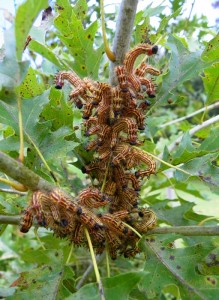
In addition to peak hurricane season, September is also peak caterpillar season. While things have been very quiet on …

September is prime time to set out transplants of cabbage, kale, collards, broccoli, and cauliflower, a group of crops …

The tradition of sharing favorite plants with friends and family is as old as the practice of gardening itself. …

Three students at East Chapel Hill High School, Brooke, Julia and Danielle, and Environmental Science Teacher, Mr. Edward Kaybay, …

With seed costs being significantly greater this fall, perhaps you are considering your renovation options. The first option you …
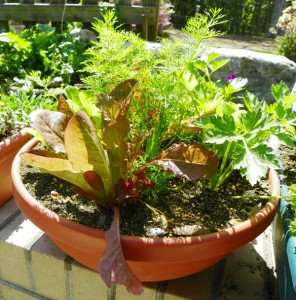
Don’t let limited garden space stop you from growing vegetables this fall. Many cool season crops are easy to …

Caterpillars can be a major pest of fall vegetables, particularly cabbage, kale, collards, broccoli, and cauliflower. Seedlings and young …

As you remove summer vegetable plants in preparation to plant fall crops, be sure to check the roots for …

If you think all those mosquitoes in your yard are flying in from some far away swamp, you may …
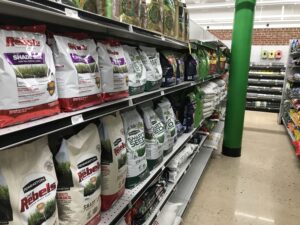
In case you have not yet purchased your seed (tall fescue, fine fescue, Kentucky bluegrass, perennial ryegrass) for fall …

Want to grow grapes in the south? If so, you have two choices – plant muscadinesor plant another type …

Correct watering can make the difference between a bumper crop and complete failure. As we experienced earlier this summer …
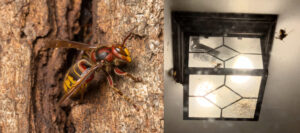
In recent weeks we’ve been getting a lot of messages regarding large wasps coming to porch lights. In all …

Extreme heat, erratic rainfall, and prolific pests turn southern landscapes into Olympic arenas each summer, where the goal for …

An online course providing a foundation for understanding the biodiversity and ecology of North Carolina. Purpose and Description Increasing urbanization, habitat …

Bobby Ward, author of Chlorophyll in his Veins, J. C. Raulston Horticultural Ambassador, shares his insight into the life …
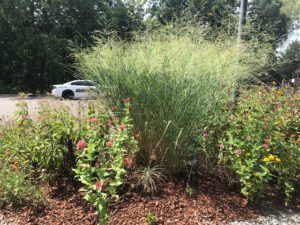
Stormwater runoff is a major cause of water pollution and flash flooding in urban areas. Properly designed landscape features …
This publication discusses a number of options that are available to the greenhouse manager for …
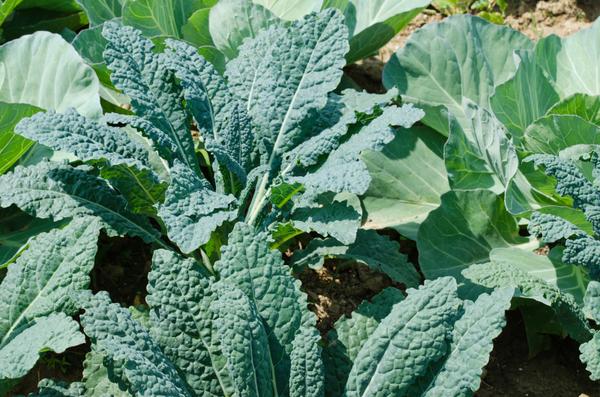
This series of publications provides information about how to grow, harvest, and prepare a variety …
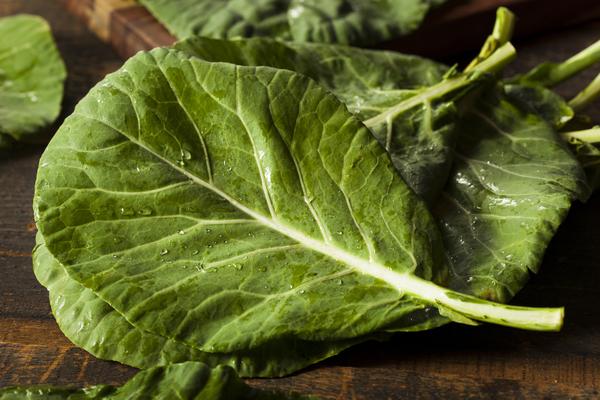
This series of publications provides information about how to grow, harvest, and prepare a variety …
The Gardening Activity Guide is designed to expose young children to seasonal fruit and vegetable …
Gardens bring communities together. Not only are community gardens a good way to get more …
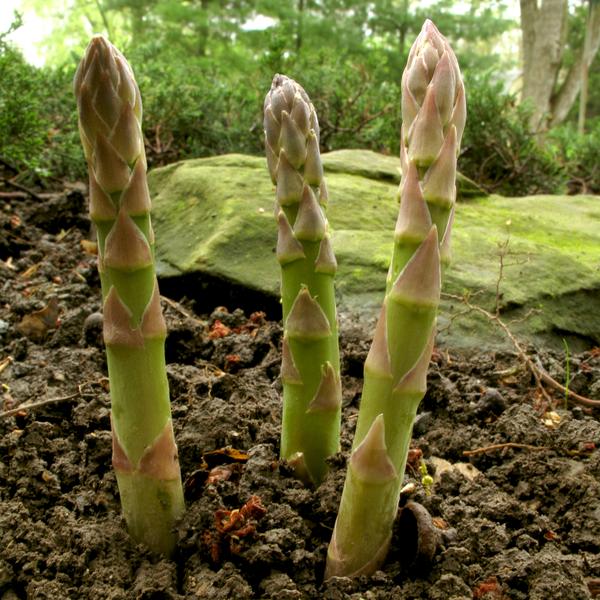
This series of publications provides information about how to grow, harvest, and prepare a variety …
Flowers have traditionally been used in many types of cooking: European, Asian, East Indian, Victorian English, …
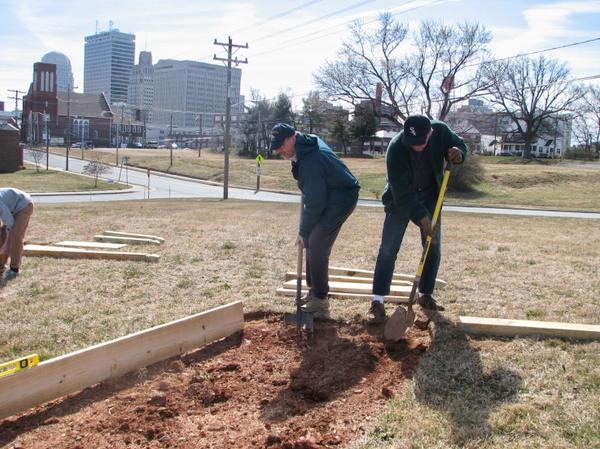
This publication covers the keys to a successful community garden of individual plots including forming …